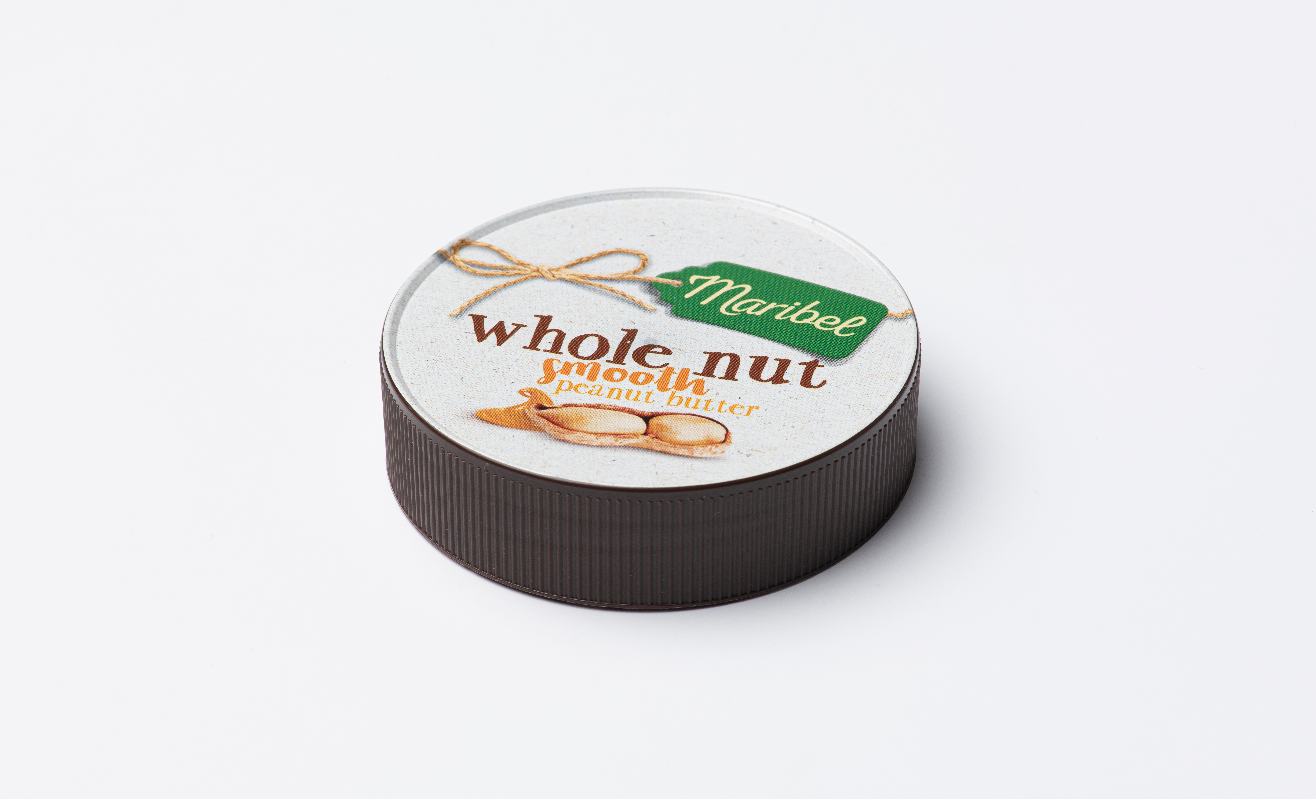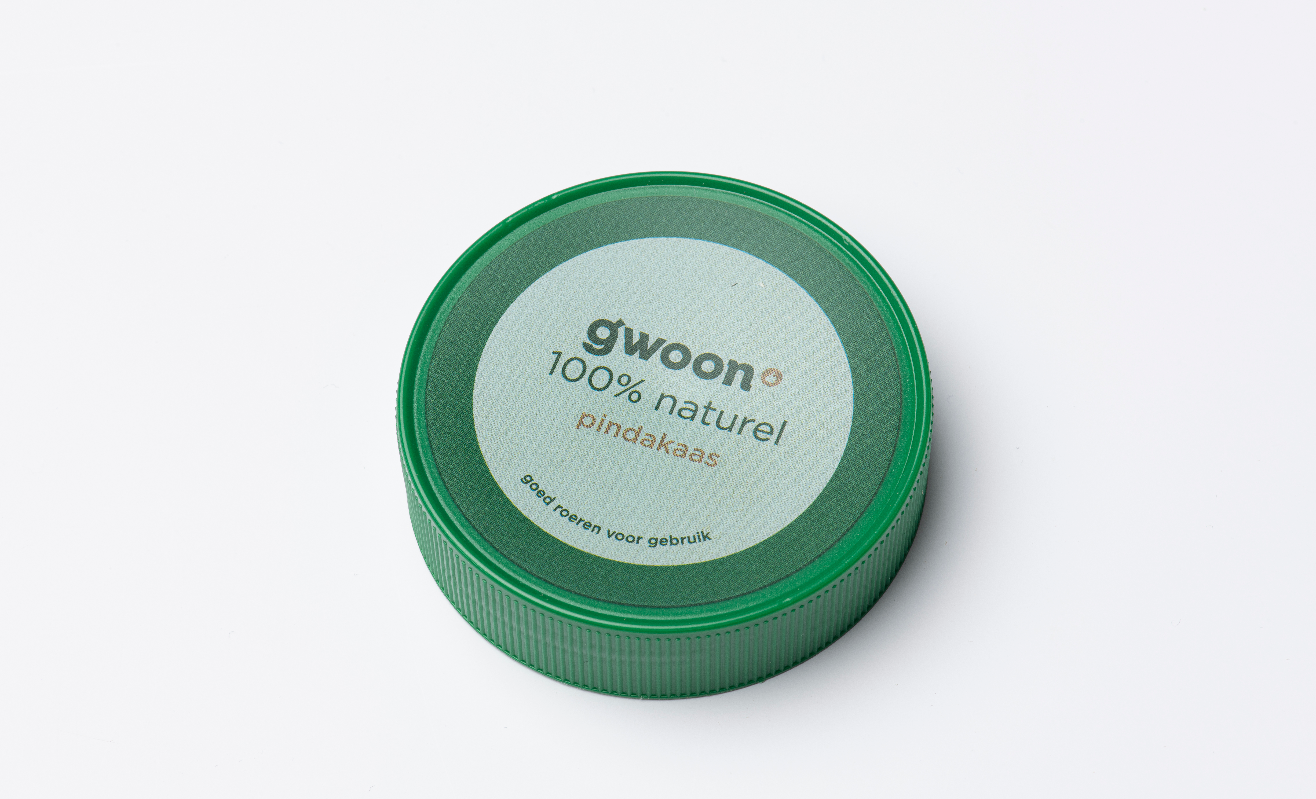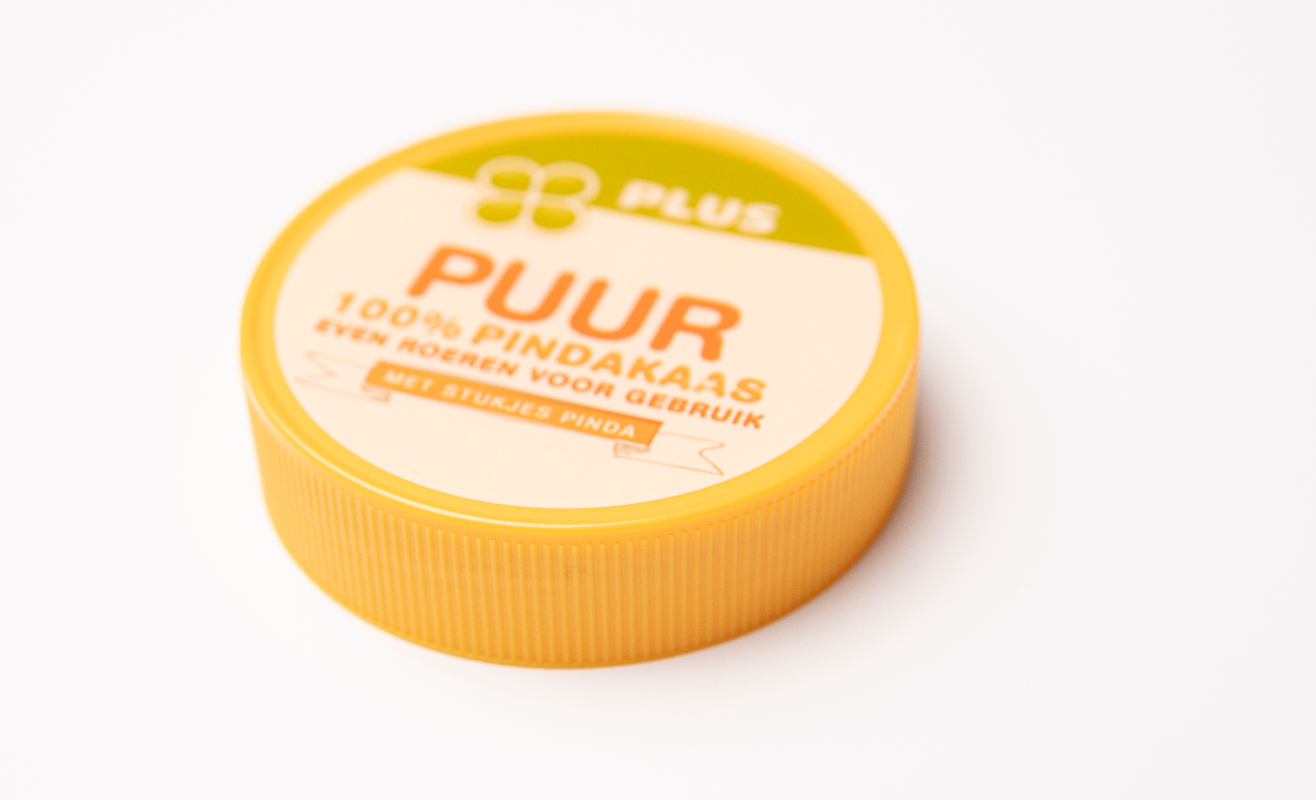IML (In-Mould Labeling): These are the advantages!
Kornelis Caps & Closures has years of experience in manufacturing in-mould labels (IML). This technique has been so successful that recently its machinery is expanded with a brand-new in mould labeling machine. IML offers various benefits to customers.
In mould labeling is used for printing on plastic closures. In this technique, a pre-printed label made of polypropylene (PP) is placed in a mold. Molten PP is then added to it. The molten PP merges with the pre-printed label and takes on the shape of the mold during hardening. As a result, the label and the packaging become one unit. You can see exactly how it works in this short video.
IML: Highest Quality
The possibilities with IML are virtually endless, with the customer's design always forming the basis. Printing can be done in full color, ensuring the highest possible quality. A major advantage of IML is that the customer doesn't need to separately apply a sticker to the lid. This saves a lot of time and also results in a neater outcome. Stickers don't always end up in the center of a lid, but with in-mould labeling, this problem is avoided.
Optimal Printing
IML has another advantage over stickers: the printing cannot peel off, which can happen with stickers due to moisture and temperature fluctuations. Additionally, printing through in-mould labeling is resistant to scratches and wear. Furthermore, packages with IML are highly hygienic since there are no loose parts. From an environmental perspective, it's also better to opt for IML: the packaging and the label are made of the same material and can be fully recycled.
Interested in the possibilities? Contact us!



